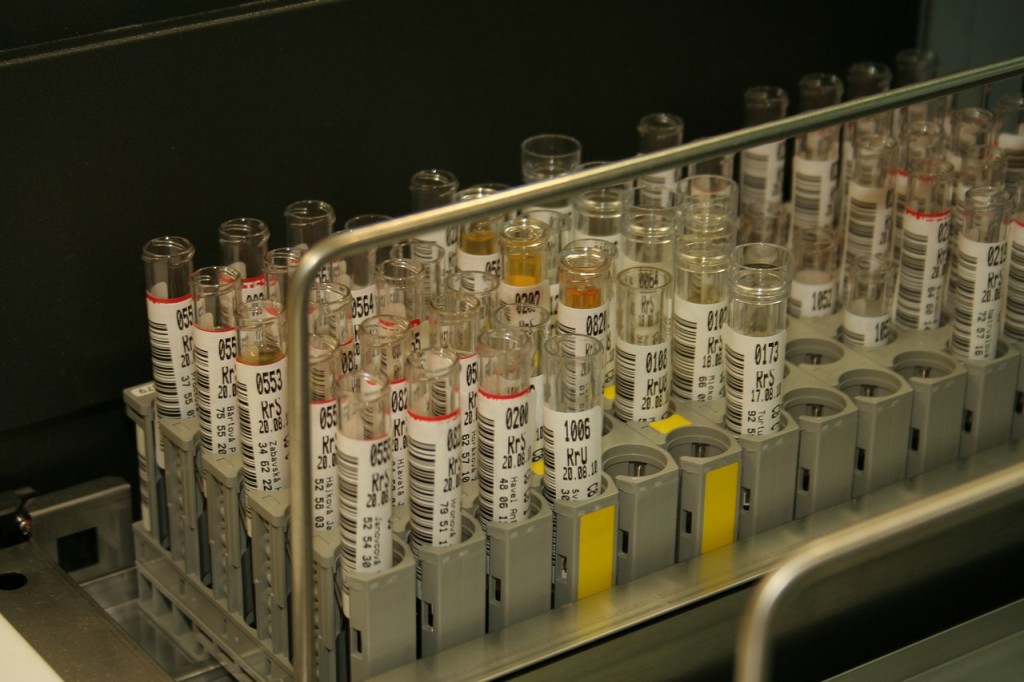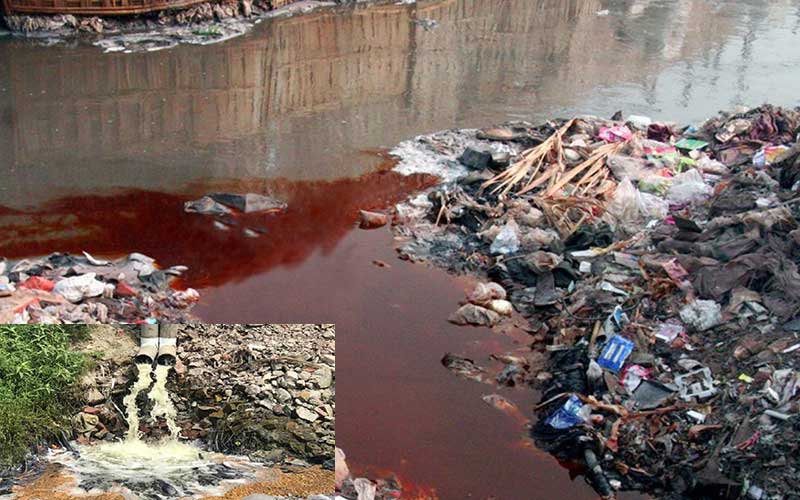How Liquid Garbage Disposal Works: A Comprehensive Summary of Techniques and Technologies Used

Overview of Liquid Waste Kind
The complexity of liquid waste types necessitates a comprehensive understanding of their attributes and ramifications for disposal. Fluid waste can generally be classified right into a number of types, including commercial, metropolitan, farming, and contaminated materials. Each group displays distinctive residential properties, calling for certain administration methods to reduce environmental and health risks.
Industrial fluid waste stems from producing procedures and frequently contains a variety of impurities, such as heavy metals, solvents, and organic compounds. Metropolitan liquid waste, primarily consisting of wastewater from families and business facilities, includes organic issue, nutrients, and microorganisms (industrial wastewater treatment). Agricultural liquid waste, including drainage from ranches, may have fertilizers, pesticides, and animal waste, posturing dangers to water quality and ecosystems
Dangerous liquid waste is defined by its toxicity, sensitivity, or potential to trigger damage. This category consists of substances like acids, bases, and particular chemicals that require rigorous handling and disposal procedures. Understanding these diverse fluid waste types is crucial for establishing effective disposal methods and ensuring conformity with environmental laws. Proper category and characterization are important for carrying out proper treatment methods and minimizing the negative influences on public health and wellness and the atmosphere.
Physical Treatment Techniques

Testing is the preliminary action, where larger fragments and particles are eliminated from the liquid waste making use of displays or grates. This process protects downstream equipment from damages and ensures smoother procedure. Adhering to screening, sedimentation makes use of gravitational force to different solids from fluids. In sedimentation storage tanks, much heavier particles settle at the bottom, forming a sludge layer, while the made clear fluid can be further treated.
Filtering is one more necessary technique that involves passing the fluid through porous materials, such as sand or membrane layers, to catch smaller fragments. This step enhances the top quality of the fluid, making it suitable for succeeding treatment procedures.

Chemical Treatment Techniques
Chemical treatment methods are crucial for effectively taking care of liquid waste, specifically in attending to dissolved and colloidal impurities that physical techniques might not sufficiently get rid of. These methods use different chemical representatives to reduce the effects of, speed up, or transform harmful substances right into less unsafe forms.
One typical approach is coagulation and flocculation, where chemicals such as alum or ferric chloride are added to advertise the aggregation of put on hold fragments. This process improves sedimentation, permitting for easier elimination of the resulting sludge. Additionally, oxidation processes, using representatives like chlorine or ozone, are employed to break down intricate organic compounds and microorganisms, providing the waste safer for discharge or additional therapy.
Neutralization is another vital strategy, which readjusts the pH of acidic or alkaline waste streams to neutral levels, avoiding prospective injury to downstream systems and the environment. Moreover, progressed oxidation procedures (AOPs) utilize combinations of oxidants and ultraviolet light to deteriorate consistent toxins, achieving a higher level of treatment efficiency.
Biological Treatment Procedures
Organic therapy processes play an essential duty in the monitoring of liquid waste by making use of microorganisms to break down raw material and minimize pollutant levels. These processes can be broadly classified right into anaerobic and cardiovascular treatments, each employing particular microbial neighborhoods to attain reliable waste destruction.
Cardiovascular treatment involves the use of oxygen to assist in the malfunction of organic materials by bacteria. This procedure is frequently carried out in activated sludge systems, where aeration tanks provide a helpful setting for microbial growth, resulting in the oxidation of organic pollutants. The resultant biomass can be separated from dealt with effluent through sedimentation.
In contrast, anaerobic treatment occurs in the absence of oxygen, counting on different microorganisms to damage down raw material. This approach is specifically helpful for high-strength waste, as it generates biogas, a renewable resource resource, while decreasing sludge production. Technologies such as anaerobic digesters are regularly utilized in municipal and commercial applications.
Both cardio and anaerobic organic treatments not only minimize the ecological effect of fluid waste however additionally assist in resource recuperation, making them crucial elements of lasting waste administration strategies. Their adaptability, effectiveness, and performance sustain their widespread application throughout different fields.
Arising Technologies in Disposal
Ingenious approaches to liquid garbage disposal are quickly evolving, driven by improvements in innovation and a boosting focus on sustainability. Among these arising technologies, membrane layer bioreactors (MBRs) have obtained traction for their ability to integrate biological therapy with membrane layer purification, leading go to this site to premium effluent that can be recycled in different applications. MBRs allow smaller sized impacts and more reliable procedures contrasted to conventional systems.
Another appealing development is the usage of anaerobic digestion integrated with nutrient recuperation modern technologies, which not only deals with fluid waste yet additionally more info here produces biogas and recovers important nutrients like nitrogen and phosphorus. This dual advantage enhances source efficiency and lowers environmental influence.
Furthermore, progressed oxidation processes (AOPs) are being embraced for the deterioration of intricate natural toxins. These techniques use powerful oxidants and drivers to break down pollutants at the molecular degree, using a highly effective option for tough waste streams.
In addition, the assimilation of synthetic knowledge and device understanding in waste administration systems is enhancing operational efficiency and predictive upkeep, causing decreased costs and enhanced ecological compliance. These innovations mirror a substantial shift towards even more lasting and reliable liquid garbage disposal methods.
Conclusion
In verdict, reliable liquid garbage disposal requires a detailed understanding of various methods and technologies. The integration of physical, chemical, and organic treatment approaches guarantees the reliable administration of diverse waste types. Moreover, the emergence of cutting-edge technologies improves therapy efficacy and advertises sustainability in waste management methods. By continually advancing these methods, it becomes feasible to resolve the growing difficulties associated with liquid waste, eventually adding to environmental management and source recovery.
Fluid waste disposal is a vital facet of ecological monitoring, calling for a comprehensive understanding of different methods and innovations customized to different waste types. Fluid waste can extensively be classified right into numerous kinds, including industrial, municipal, agricultural, and dangerous waste. Agricultural liquid waste, site here including overflow from ranches, might include fertilizers, pesticides, and pet waste, presenting threats to water top quality and ecosystems.
Various physical treatment approaches play a crucial function in handling liquid waste effectively - industrial wastewater treatment.In conclusion, reliable fluid waste disposal necessitates a comprehensive understanding of numerous strategies and innovations